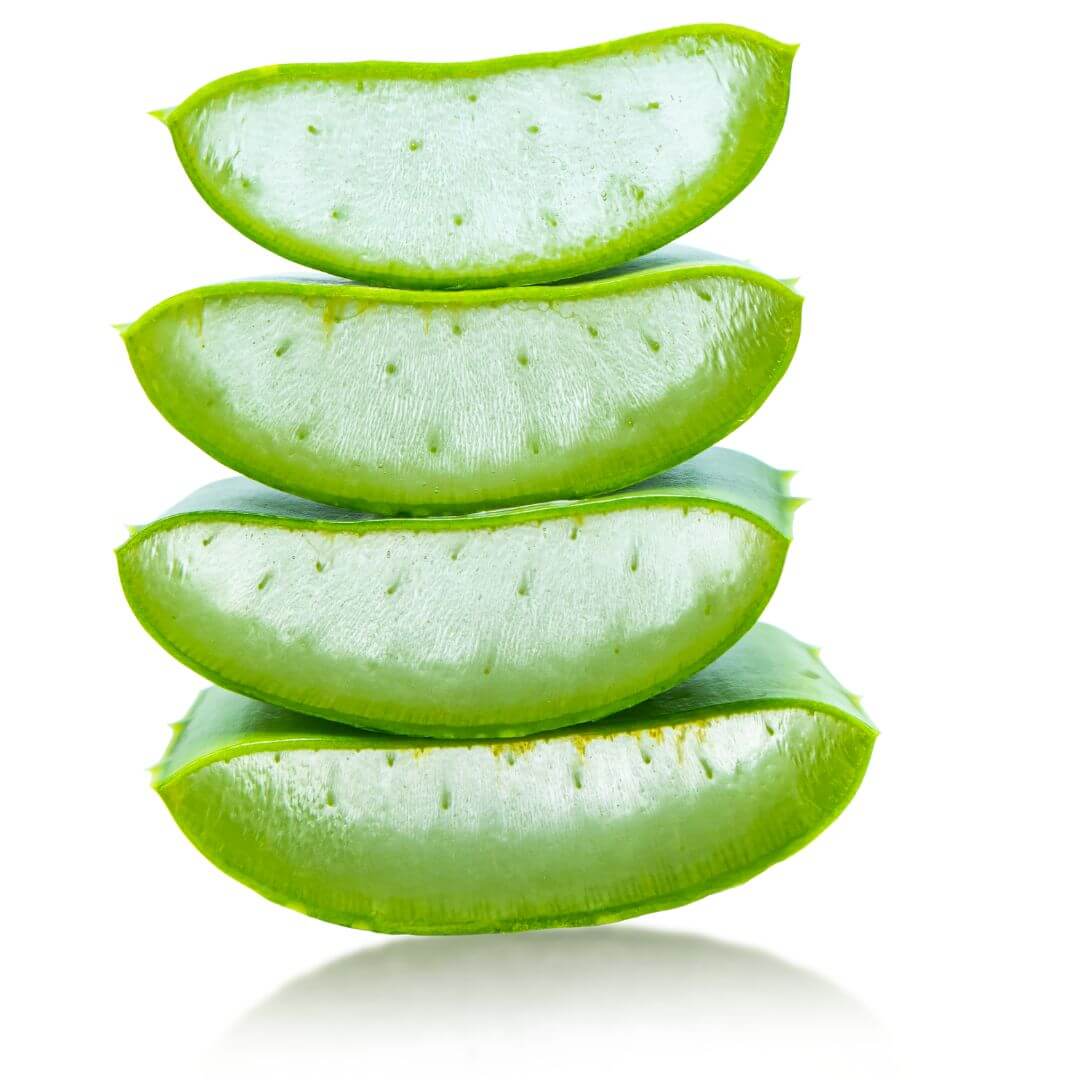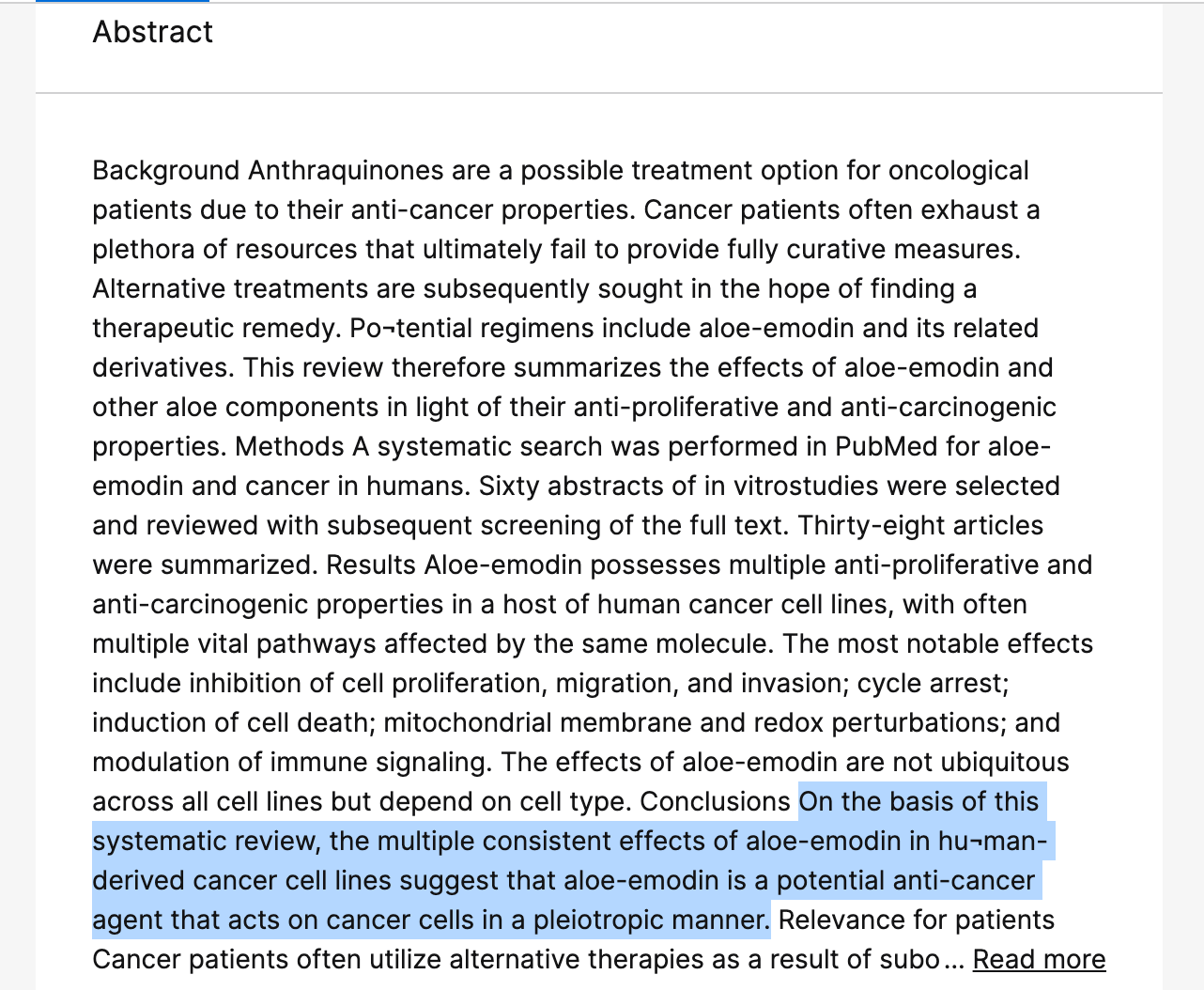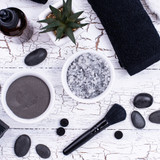Is Aloe Vera Toxic?
Containing more than 200 different chemical compounds, aloe vera plants and extracts have long been used for wound and skin care and as a natural laxative. Recent years have found promise as an immune booster and cancer treatment. However the safety of such products have been called into question. With mountains of conflicting data, it's no wonder there's much confusion about the use of this plant. Is aloe vera toxic?
To answer this question, let's look inside the leaf.
 Each leaf is composed of three layers: 1) An inner clear gel that contains 99% water and rest is made of glucomannans, amino acids, lipids, sterols and vitamins. 2) The middle layer of latex which is the bitter yellow sap and contains anthraquinones and glycosides. 3) The outer thick layer of 15–20 cells called as rind which has protective function and synthesizes carbohydrates and proteins. Inside the rind are vascular bundles responsible for transportation of substances such as water (xylem) and starch (phloem).
Each leaf is composed of three layers: 1) An inner clear gel that contains 99% water and rest is made of glucomannans, amino acids, lipids, sterols and vitamins. 2) The middle layer of latex which is the bitter yellow sap and contains anthraquinones and glycosides. 3) The outer thick layer of 15–20 cells called as rind which has protective function and synthesizes carbohydrates and proteins. Inside the rind are vascular bundles responsible for transportation of substances such as water (xylem) and starch (phloem).
Aloe vera contains many beneficial components, like protein, calcium, magnesium, zinc, vitamins A, B12 C, E and essential fatty acids.
However, ingestion of whole-leaf products containing anthraquionones (namely a compound called aloin) are associated with diarrhea, electrolyte imbalances, kidney failure. Whole-leaf aloe products used on skin can also produce phototoxicity and hypersensitive reactions. Recently, Aloe vera whole leaf extract caused cancer in rats, and was classified by the International Agency for Research on Cancer as a possible human carcinogen.
 On the other hand, other compounds in aloe have been found to have potent ANTI-cancer properties.
On the other hand, other compounds in aloe have been found to have potent ANTI-cancer properties.
When it comes to safely using aloe, the parts of the plants used is vital. The inner clear gel is what should be used in cosmetics and supplements, as the middle layer contains potentially harmful compounds. Anthraquinones are the especially toxic compounds.
This 2010 study of a highly purified INNER leaf gel found no evidence of genotoxicity. Additionally this 2022 study found a commercially-prepared aloe juice/gel had no evidence of toxicity. This study looked at an aloe extract and found it to have potent anti-cancer effects.
An article yet to be published in the International Journal for Vitamin and Nutrition Research states "[t]he studies demonstrate AV's efficacy in reducing blood glucose levels, exhibiting antioxidant and immunomodulatory effects, inducing apoptosis in cancer cells, protecting the liver from damage, and displaying antimicrobial properties. In the fields of dermatology and dentistry, AV has also been observed to promote skin and oral health" but also warns "it is imperative to acknowledge potential risks, adhere to recommended dosages, and seek guidance from healthcare experts before employing AV as a natural therapeutic option."
The bottom line:
Is aloe vera toxic? When it comes to aloe, ingesting aloe products, especially whole-leaf products is not advisable. Purified inner-leaf gel/juice can be highly beneficial when using topically (barring any allergies) and may be safe for internal use as a supplement. Most companies that use aloe in cosmetic and personal care products use inner-leaf gel/juice.(Including us, the aloe in our shower gels, shampoos, and facial cleansers is a purified inner-leaf powder that can be added to the soap for its benefits without needing a preservative to keep it from growing pathogens.)
If you're taking aloe products as a supplement or food product, consult your doctor to ensure it's not interacting with any medications or medical conditions you might have.
Sources:
https://www.ncbi.nlm.nih.gov/pmc/articles/PMC2763764/
Recent Posts
-
Is Charcoal Safe in Deodorant?
Activated charcoal has become a popular natural ingredient in toothpaste, deodorant, soaps, facial c …5th Mar 2024 -
Is Stevia an Endocrine Disruptor?
Is Stevia an Endocrine Disruptor?Stevia rebaudiana, an herb native to Paraguay and Brazil, contains …9th Feb 2024 -
Is Aloe Vera Toxic?
Containing more than 200 different chemical compounds, aloe vera plants and extracts have long been …9th Feb 2024

